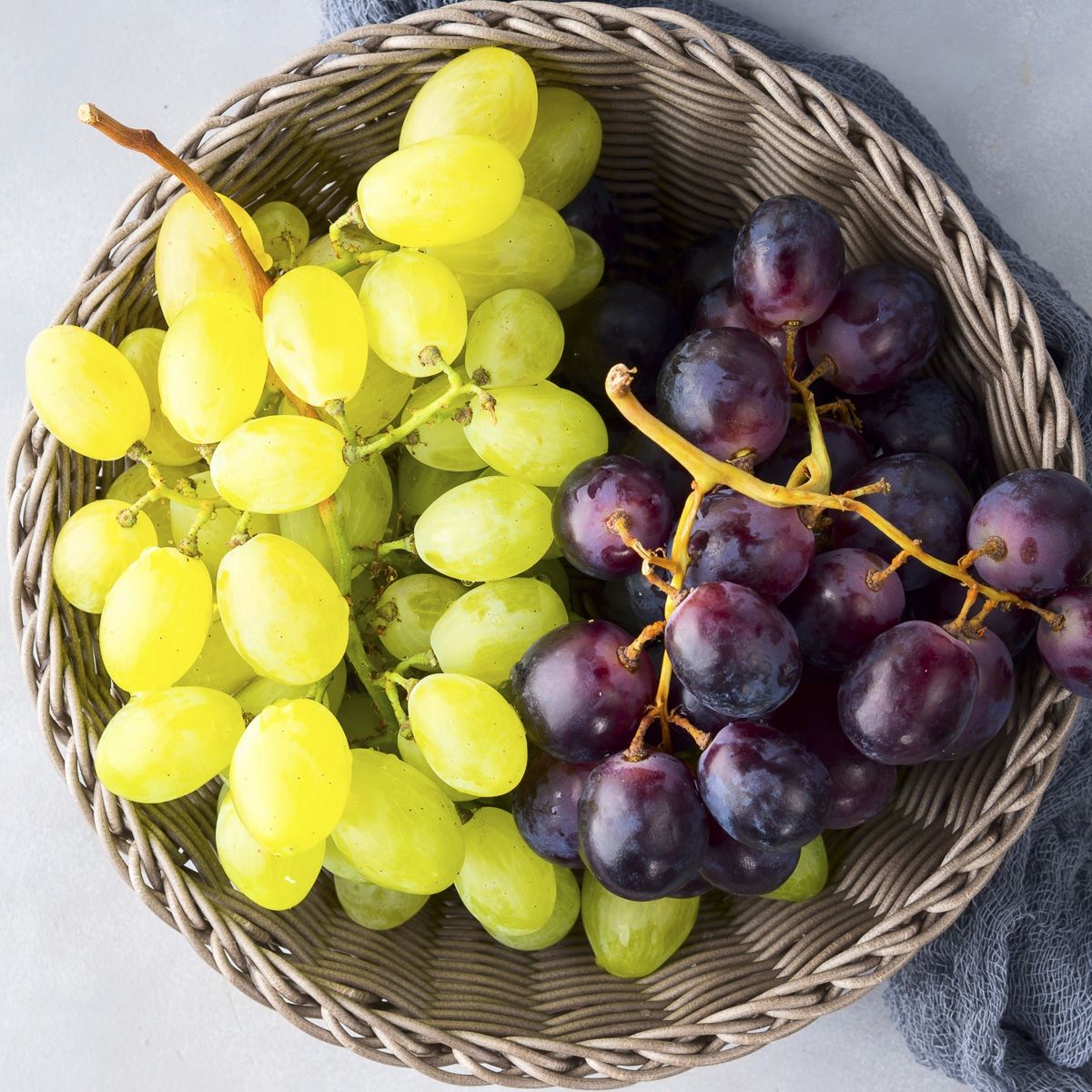

Articles
How To Store Grapes
Modified: January 6, 2024
Learn the best practices to store grapes and keep them fresh for longer. Our articles provide valuable tips and techniques for proper grape storage.
(Many of the links in this article redirect to a specific reviewed product. Your purchase of these products through affiliate links helps to generate commission for Storables.com, at no extra cost. Learn more)
Introduction
When it comes to enjoying fresh and delicious grapes, proper storage is essential. Whether you’ve just purchased a bunch of grapes from the grocery store or harvested them from your own backyard, knowing how to store them correctly will ensure that they stay fresh and maintain their flavor for as long as possible. In this article, we will explore the best practices for storing grapes to help you make the most out of this delectable fruit.
Grapes are a highly perishable fruit that can quickly deteriorate if not stored properly. Factors such as temperature, humidity, and exposure to moisture can significantly impact their freshness and taste. By following the guidelines outlined in this article, you can extend the shelf life of your grapes, keeping them juicy, sweet, and ready to enjoy whenever you crave a healthy snack.
Proper storage of grapes not only helps in preserving their taste but also ensures that they retain their nutrients. Grapes are packed with antioxidants, vitamins, and minerals that offer numerous health benefits, including improved digestion, boosted immunity, and reduced risk of chronic diseases. By storing grapes correctly, you can maximize their nutritional value and enjoy all the goodness they have to offer.
Whether you have a large stock of grapes or just a small supply, these storage tips will come in handy. From choosing the right storage container to maintaining optimal temperature and moisture levels, we will cover all the necessary steps to help you store your grapes effectively.
So, if you’re ready to learn how to keep your grapes fresh and tasty for longer periods, let’s dive into the best practices for storing grapes!
Key Takeaways:
- Store grapes in the refrigerator at 30°F to 40°F with 90% to 95% humidity to maintain freshness. Handle with care, remove damaged grapes, and avoid moisture exposure for longer shelf life.
- Before consuming, check grapes for firmness, color, and aroma. Wash with cool water, and dry thoroughly to enjoy a clean and safe snack.
Read more: How To Store Washed Grapes
Best Practices for Storing Grapes
Storing grapes properly is crucial for maintaining their freshness and flavor. Here are some best practices to follow:
- Handle with Care: Grapes are delicate fruits that can easily bruise or become damaged. When handling them, be gentle to avoid crushing or squeezing the grapes.
- Remove Damaged Grapes: Before storing your grapes, inspect them thoroughly. Remove any grapes that are bruised, moldy, or showing signs of decay. Damaged grapes can spoil the entire bunch more quickly.
- Keep the Bunches Intact: To maintain freshness, it’s best to store grapes in their original bunches. Separating individual grapes can lead to faster spoilage.
- Do Not Wash Before Storage: While it’s important to wash grapes before consuming them, washing them before storage can speed up moisture and spoilage. Wait to wash your grapes until you’re ready to eat them.
- Store in the Refrigerator: Grapes should be stored in the refrigerator to maintain their freshness. Place them in the crisper drawer, which provides a slightly higher humidity level, ideal for grapes.
- Use a Ventilated Container: If you prefer to store your grapes in a container rather than leaving them in their original packaging, choose a ventilated container. This allows proper air circulation, preventing the accumulation of excess moisture.
- Avoid Storing with Strong Odors: Grapes can easily absorb odors from nearby foods. Keep them away from strong-smelling fruits and vegetables, as well as any foods with pungent aromas.
- Do Not Store Near Ethylene-Producing Fruits: Ethylene gas can accelerate the ripening process of grapes and shorten their shelf life. Keep grapes away from fruits like bananas, apples, and peaches, which produce a higher amount of ethylene.
- Check and Remove Rotten Grapes Regularly: Even with the utmost care, some grapes may still develop mold or spoil. It’s important to check your stored grapes regularly and remove any rotten ones immediately to prevent the spread of decay.
By following these best practices, you can ensure that your grapes remain fresh and delicious for an extended period. Now that we’ve covered the proper storage techniques, let’s move on to choosing the right container for storing grapes.
Choosing the Right Storage Container
When it comes to storing grapes, choosing the right container is key to maintaining their freshness and quality. Here are some tips to help you select the ideal storage container:
- Ventilated Containers: It is recommended to use a container that allows for proper air circulation. Ventilated containers, such as plastic or mesh containers, are great options as they prevent the accumulation of excess moisture, which can lead to mold and spoilage.
- Non-Reactive Materials: Opt for containers made from non-reactive materials such as food-grade plastic, glass, or stainless steel. These materials do not interact with the grape’s natural acids, ensuring that the fruit stays fresh and its flavor remains intact.
- Adequate Size: Choose a container that is spacious enough to hold the entire bunch of grapes without overcrowding. Overcrowding can cause grapes to become squished, leading to faster spoilage.
- Sealable Lid: Look for containers with a sealable lid or cover to keep out unwanted odors, moisture, and pests. A secure lid helps maintain the ideal storage conditions for your grapes.
- Transparent or Labeled: Opt for transparent containers or label them with the date of purchase or harvest. This allows for easy identification of the grapes and helps you keep track of their freshness and storage duration.
In addition to these considerations, it’s essential to clean and sanitize your storage container before using it to store grapes. Rinse the container with warm water and a mild detergent, then thoroughly dry it to remove any residue or bacteria that could affect the grapes’ quality.
Remember that the choice of a storage container may vary based on personal preference and the quantity of grapes you intend to store. Whether you opt for the original packaging, a ventilated container, or another suitable storage option, ensuring proper air circulation and protection from moisture will help keep your grapes in optimal condition.
Now that you know how to choose the right storage container let’s move on to preparing your grapes for storage.
Preparing Grapes for Storage
Preparing your grapes before storage is an essential step to ensure their longevity and quality. Here are some simple yet crucial tips to follow:
- Sort and Remove Debris: Take a few moments to sort through your grapes, removing any stems, leaves, or other debris. This helps prevent the growth of bacteria and mold, keeping your grapes fresh.
- Inspect for Damaged Grapes: Carefully examine each grape for signs of damage or decay. Remove any grapes that appear shriveled, discolored, or have soft spots. Discarding damaged grapes prevents them from affecting the rest of the bunch.
- Gently Rinse with Water: If your grapes are noticeably dirty or have a layer of dust, it’s best to give them a gentle rinse with cool water. Avoid using soap or any cleaning agents as they can leave residues and affect the grapes’ flavor.
- Air Dry Thoroughly: After rinsing, place the grapes on a clean kitchen towel or paper towel to air dry. Make sure they are completely dry before transferring them to a storage container or back into their original packaging. Excess moisture can lead to mold growth.
- Remove Individual Grapes: If you have loose grapes or a small quantity, you can remove them from the bunch and store them in a container. However, remember that grapes tend to stay fresher when stored in their original bunches, so consider leaving them intact if possible.
- Handle with Clean Hands: When handling grapes, make sure your hands are clean to prevent the transfer of dirt, oils, or bacteria. Wash your hands thoroughly before touching the grapes to maintain their cleanliness and quality.
By following these simple preparation steps, you are setting the stage for your grapes to stay fresh and delicious during storage. Now that your grapes are ready, let’s move on to one of the critical factors in grape storage – maintaining the proper temperature and humidity levels.
Proper Temperature and Humidity Levels
The temperature and humidity levels play a vital role in the storage of grapes. Maintaining the right conditions will help preserve the grapes’ freshness, flavor, and texture. Here’s what you need to know:
- Temperature: Grapes should be stored at a temperature between 30°F (-1°C) and 40°F (4°C). This temperature range is ideal for slowing down the ripening process and inhibiting the growth of bacteria and mold. Avoid storing grapes at temperatures below freezing, as it can damage the fruit’s texture and quality.
- Refrigerator Storage: The refrigerator is the best place to store grapes. It provides a cool and consistent temperature that helps extend their shelf life. Place the grapes in the crisper drawer, which typically offers a slightly higher humidity level, ideal for maintaining the grapes’ freshness.
- Humidity: Grapes prefer a slightly higher humidity level than other fruits. Aim for a humidity level between 90% and 95% to prevent the grapes from drying out. If your refrigerator does not have a humidity control option, store the grapes in a ventilated container to allow for proper air circulation and retain the optimal humidity.
- Avoid Temperature Fluctuations: Rapid changes in temperature can negatively impact grapes. Try to avoid frequent opening and closing of the refrigerator door, as it can expose the grapes to temperature fluctuations. Additionally, keep the grapes away from any heat sources or direct sunlight, as they can cause the grapes to spoil more quickly.
Proper temperature and humidity control will help your grapes stay fresh and flavorful for a longer time. By storing them in the refrigerator and maintaining consistent conditions, you create an ideal environment for preserving the grapes’ quality.
Next, let’s discuss another important aspect of grape storage – avoiding exposure to moisture.
Store grapes in the refrigerator in a perforated plastic bag to maintain humidity. Avoid washing them until ready to eat to prevent spoilage.
Read more: How To Store Green Grapes
Avoiding Exposure to Moisture
Moisture can be detrimental to the quality and shelf life of grapes. To ensure your grapes stay fresh and avoid issues like mold or rot, it’s important to minimize their exposure to moisture. Here are some tips to help you avoid moisture-related problems:
- Dry Grapes: Before storing grapes, make sure they are completely dry. Excess moisture can create a breeding ground for bacteria and mold. After rinsing, gently pat them dry with a clean kitchen towel or paper towel.
- Avoid Wet Storage Containers: Ensure that the storage container or the original packaging is dry before placing the grapes inside. Moisture in the container can lead to condensation and cause the grapes to spoil more quickly.
- Avoid Plastic Bags: When storing grapes, it’s best to avoid using plastic bags or cling wrap. These materials can trap moisture and promote the growth of mold. Instead, opt for a ventilated container or leave the grapes in their original packaging.
- Regularly Check for Condensation: Condensation inside the storage container or on the grapes is a sign of excessive moisture. If you notice any condensation, remove the grapes, wipe the container dry, and allow it to air out before returning the grapes to the container.
- Avoid Washing Before Storage: While it’s important to wash grapes before consuming them, washing them just before storage can introduce excess moisture. Wait to wash the grapes until you are ready to eat them to minimize exposure to water.
By taking these precautions, you can prevent the accumulation of moisture and maintain the freshness and quality of your grapes for a longer duration. Now that we’ve covered moisture control, let’s move on to understanding the length of time you can store grapes.
Length of Storage
The length of time you can store grapes depends on various factors, including their freshness at the time of purchase or harvest and the storage conditions you provide. On average, properly stored grapes can stay fresh for up to one to two weeks. However, some varieties may last longer, while others may have a shorter shelf life.
If you purchase grapes from a grocery store, check the “Best Before” or “Sell By” date on the packaging. It provides a guideline for how long the grapes should remain fresh when stored properly. However, keep in mind that these dates are estimates, and the actual freshness of the grapes may vary.
When storing grapes, it’s essential to regularly check for signs of spoilage. If you notice any grapes that are shriveled, moldy, or have a strong odor, remove them immediately to prevent the spread of decay to the rest of the grapes. By maintaining proper storage conditions and promptly removing any spoiled grapes, you can maximize the shelf life of your grapes.
It’s worth noting that grapes are perishable fruits, and their quality will gradually decline over time. As the grapes age, they may start to lose their firmness, texture, and flavor. To enjoy the best taste and texture, it’s recommended to consume grapes as soon as possible after purchase or harvest.
If you have a surplus of grapes that you cannot consume within the optimal storage period, consider freezing them. Freezing grapes can help prolong their shelf life for several months. Simply rinse and dry the grapes, remove them from the stems, and place them in an airtight freezer bag. When you’re ready to enjoy them, thaw the grapes in the refrigerator or use them directly in frozen treats like smoothies or sorbets.
Remember that the quality of frozen grapes may slightly differ from fresh grapes, as freezing can affect the texture. However, they still make a delightful addition to various recipes and snacks.
Now that we’ve discussed the length of storage for grapes, let’s move on to checking for freshness and ripeness before consumption.
Checking for Freshness and Ripeness
Before consuming grapes, it’s essential to check for freshness and ripeness to ensure the best eating experience. Here are some key indicators to look for when determining the quality of grapes:
- Appearance: Fresh grapes have firm, plump, and smooth skin. Avoid grapes that appear wrinkled, shriveled, or have signs of mold or decay.
- Color: The color of grapes can vary depending on the variety. Red and purple grapes should have a vibrant, even color, while green grapes should have a light, translucent hue. Avoid grapes with dull or uneven coloring.
- Firmness: Gently squeeze a few grapes to assess their firmness. They should have a slight give without being too soft or mushy. Steer clear of grapes that feel excessively soft or squishy.
- Stem Condition: Check the condition of the stems. Fresh grapes have green, flexible stems attached. Avoid grapes with dry, brittle, or detached stems, as they indicate poor quality or age.
- Aroma: Give the grapes a gentle sniff. They should have a pleasant, fruity aroma. Avoid grapes that have a sour or off-putting smell.
- Taste: If possible, taste a grape to confirm its flavor. Fresh grapes should be sweet, juicy, and have a balanced taste. Avoid grapes that are overly sour or have a bland flavor.
It’s important to note that grapes do not continue to ripen after being picked. They will not become sweeter or softer once harvested. Therefore, it’s crucial to choose grapes that are ripe and in good condition at the time of purchase.
If you’re unsure about the quality of a bunch of grapes, it’s always best to consult with a knowledgeable produce professional or trusted vendor. They can guide you in selecting the freshest and ripest grapes for your enjoyment.
By following these tips for checking freshness and ripeness, you can ensure that every bite of your grapes is satisfying and delicious. Now that you know how to assess the quality of grapes, let’s move on to the importance of washing grapes before consumption.
Washing Grapes before Consumption
Washing grapes before eating is an important step to remove dirt, residues, and any potential impurities that may be present on the skin. Here are some simple guidelines to follow when washing grapes:
- Rinse with Cool Water: Place the grapes in a colander or sieve and gently rinse them with cool water. Avoid using hot water as it can cause the grapes to become softer and lose their texture.
- Gently Rub the Skin: While rinsing, you can lightly rub the grapes between your fingers to remove any stubborn dirt or debris. Be gentle to avoid squeezing or crushing the grapes in the process.
- Allow to Air Dry: After rinsing, let the grapes air dry or pat them dry with a clean kitchen towel or paper towel. Make sure they are completely dry before serving or storing to avoid excess moisture and potential mold growth.
It’s important to note that washing grapes before storage is not recommended, as the introduced moisture can accelerate spoilage. Instead, wash the grapes just before you plan to consume them to maintain their freshness for a longer period.
In certain cases, you may come across commercially grown grapes that have a thin coating called bloom or wax on their surface. This coating helps protect the grapes during transportation and storage. While these grapes are safe to consume, some individuals prefer to remove the bloom. To do so, fill a bowl with cool water and add a few tablespoons of white vinegar. Soak the grapes in this solution for a few minutes, then rinse them thoroughly with water to remove any residue.
Remember, washing grapes before eating ensures that you enjoy a clean and safe snack. Whether you’re enjoying grapes on their own or using them in recipes like salads, desserts, or smoothies, following proper washing practices is essential.
Now that you know how to wash grapes before consumption, let’s summarize the key points we’ve covered in this article.
Read more: How To Store Grapes In Freezer
Conclusion
Proper storage of grapes is crucial to maintain their freshness, flavor, and nutritional value. By following the best practices outlined in this article, you can ensure that your grapes stay crisp, juicy, and delicious for an extended period.
Start by handling your grapes with care, removing any damaged ones, and keeping the bunches intact. Choose the right storage container, such as a ventilated option, to provide proper air circulation. Store your grapes in the refrigerator, maintaining a temperature range of 30°F to 40°F and a humidity level of 90% to 95%.
Avoid exposure to moisture by drying your grapes thoroughly, using dry storage containers, and regularly checking for condensation. Check and remove any spoiled grapes promptly to prevent the spread of decay.
Knowing the length of storage for grapes can help you plan your consumption and avoid wasting perfectly good fruit. Remember to check for freshness and ripeness, looking for vibrant colors, firmness, and a pleasant aroma. Wash your grapes before consuming to remove any dirt or residues, ensuring a clean and safe snack.
By following these guidelines, you can enjoy the full flavor and nutritional benefits of grapes, whether you’ve purchased them from the store or harvested them from your own garden.
So, the next time you bring home a bunch of grapes, remember to handle them with care, store them properly, and savor every juicy bite. Cheers to enjoying the natural sweetness and goodness of this delightful fruit!
Frequently Asked Questions about How To Store Grapes
Was this page helpful?
At Storables.com, we guarantee accurate and reliable information. Our content, validated by Expert Board Contributors, is crafted following stringent Editorial Policies. We're committed to providing you with well-researched, expert-backed insights for all your informational needs.
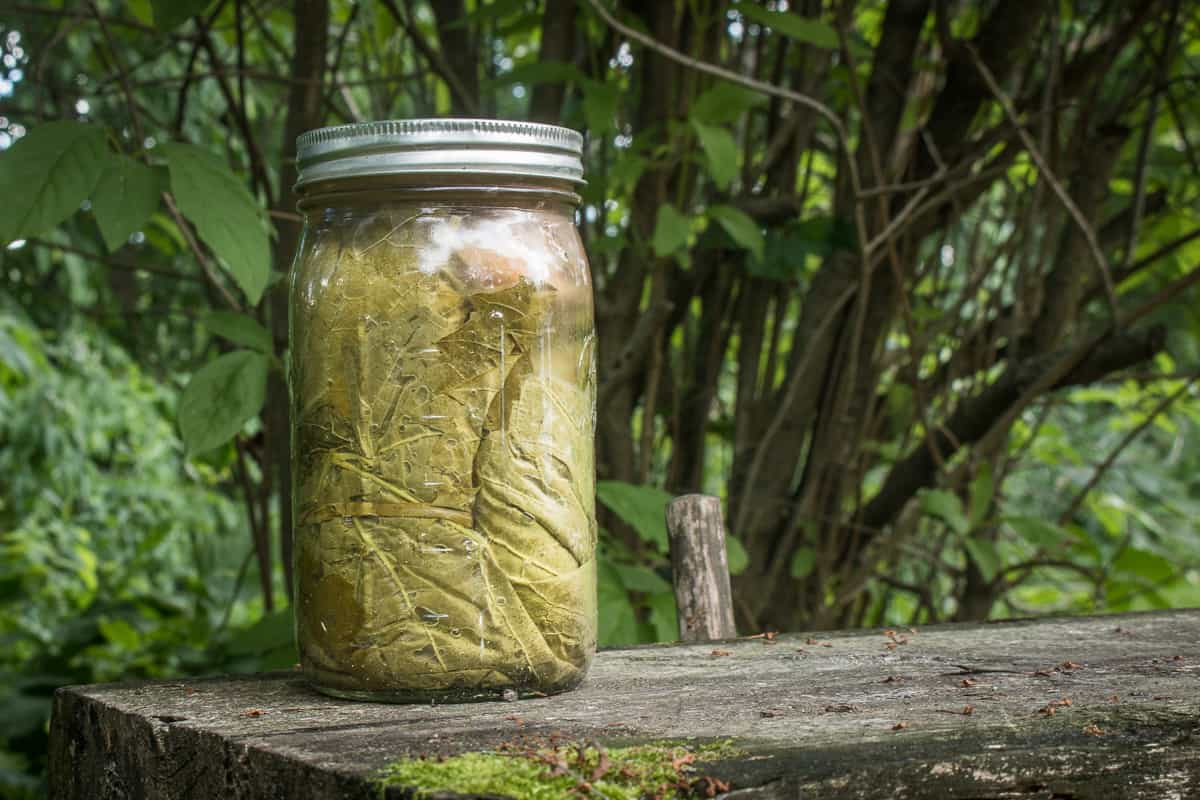
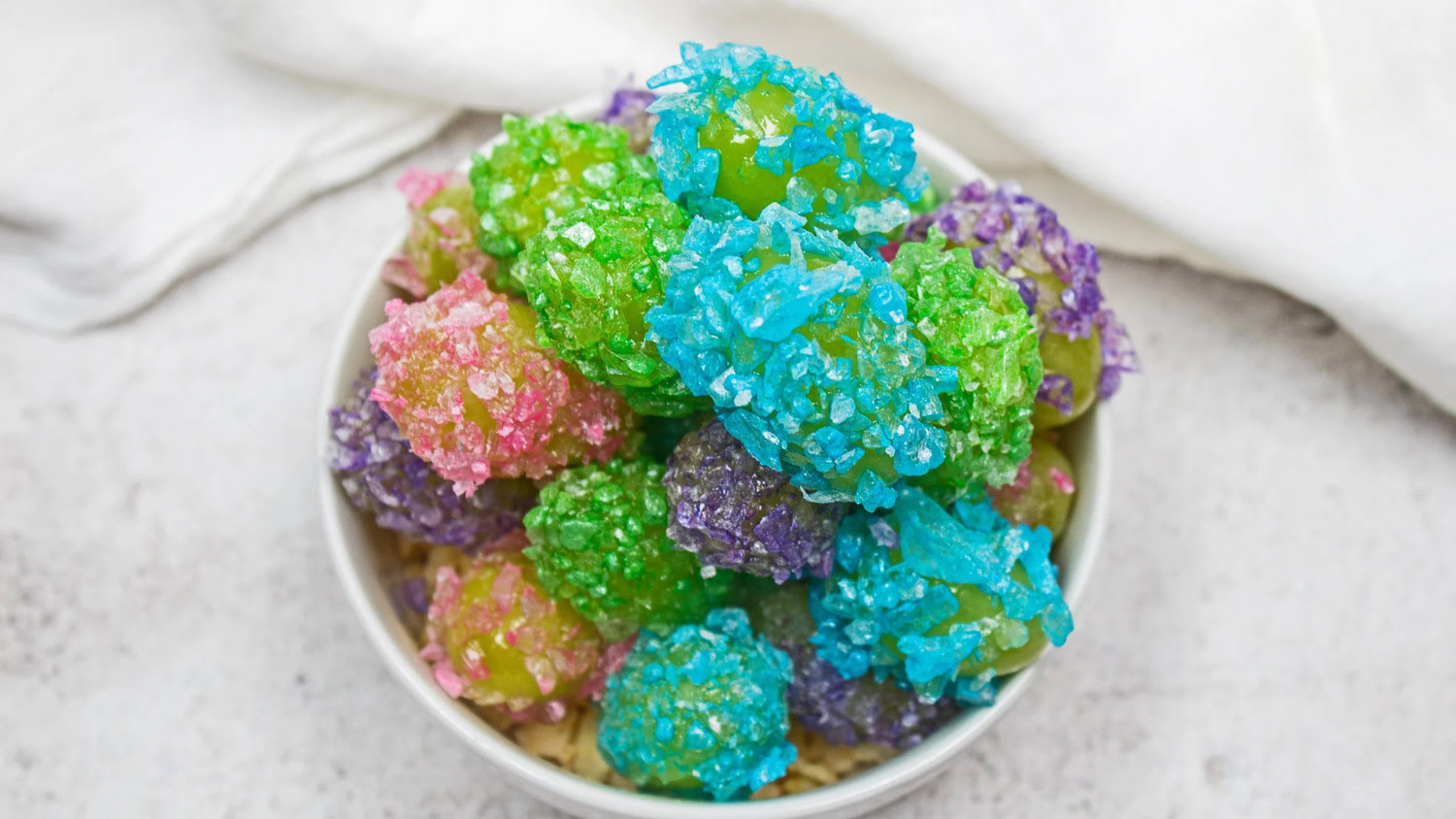
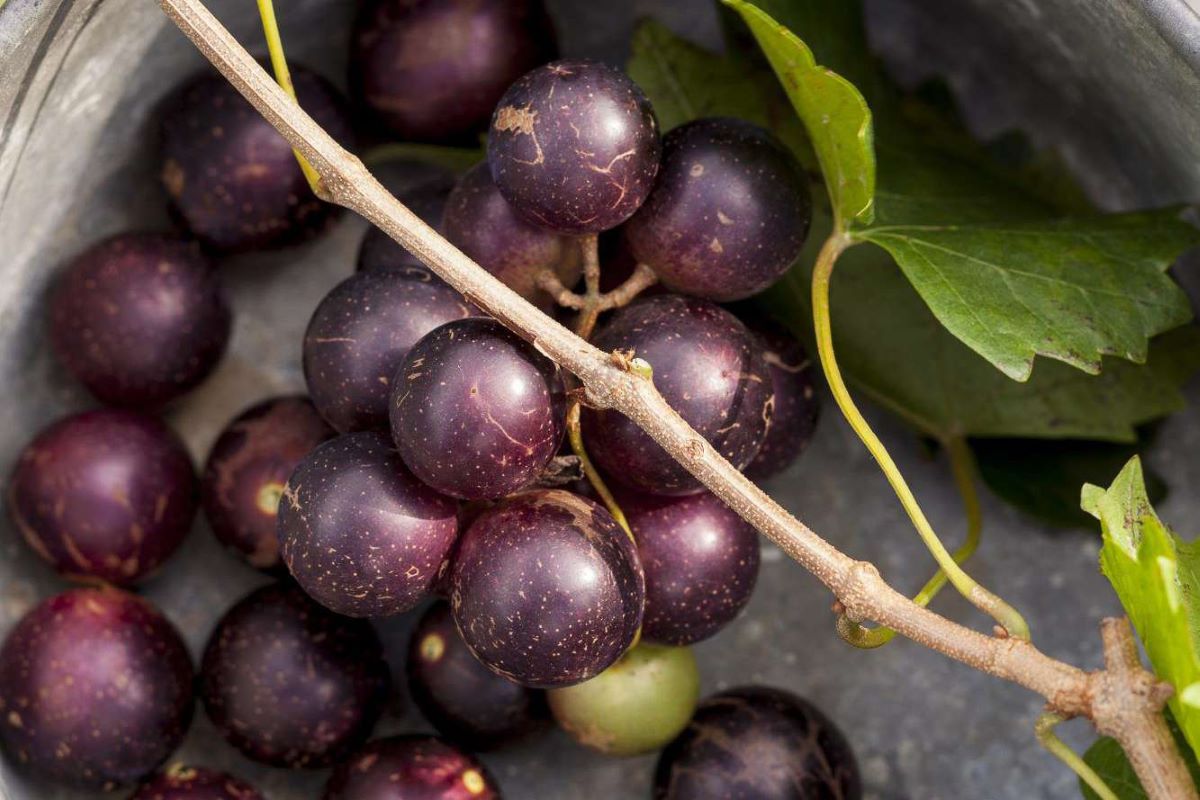
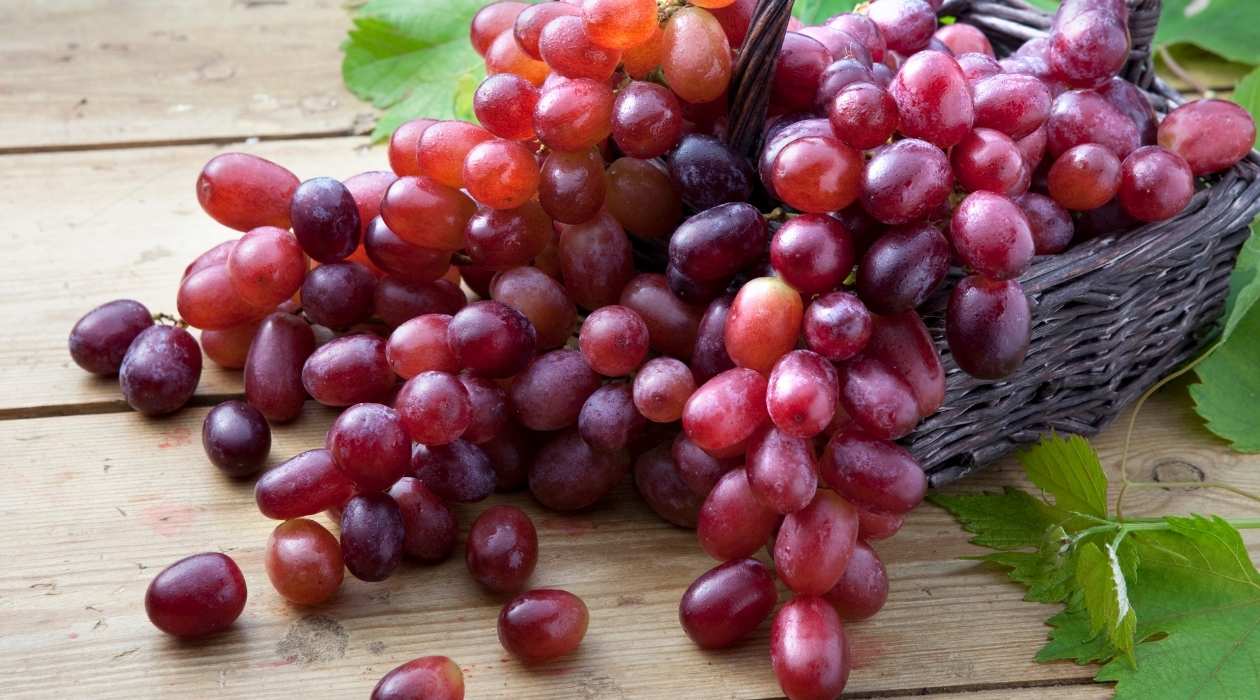
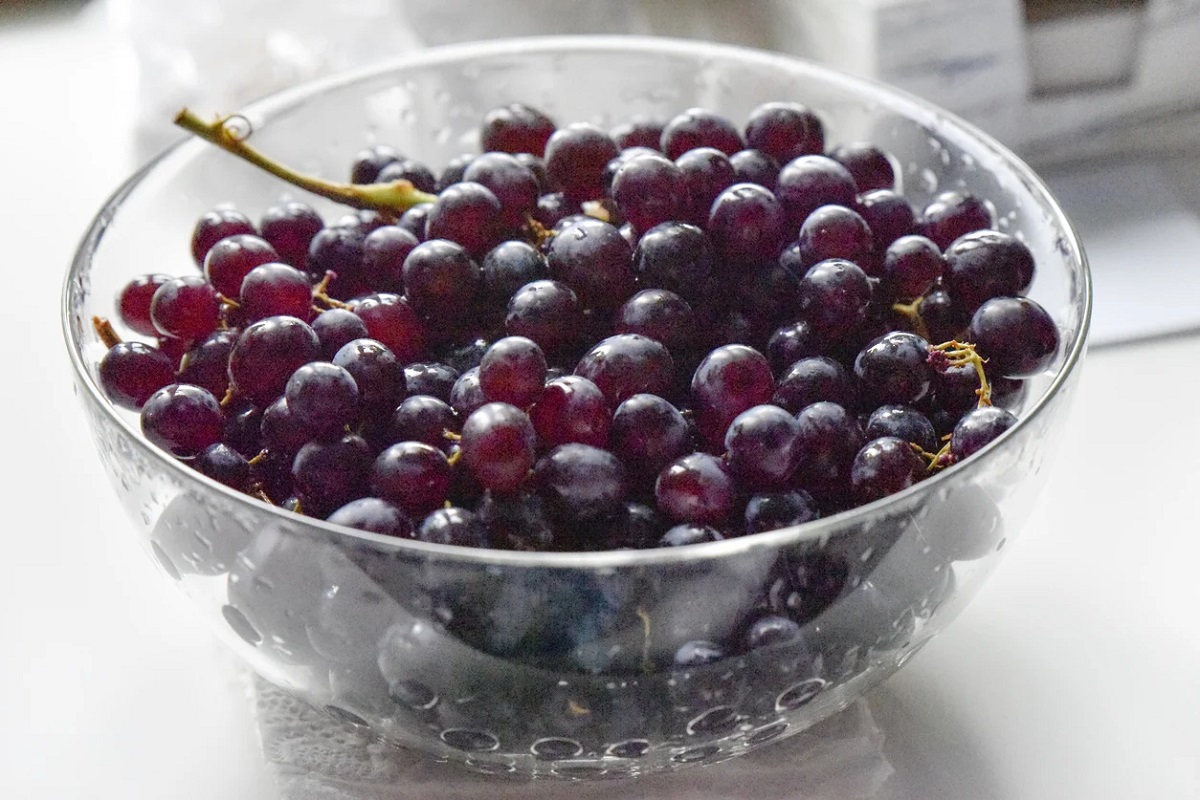
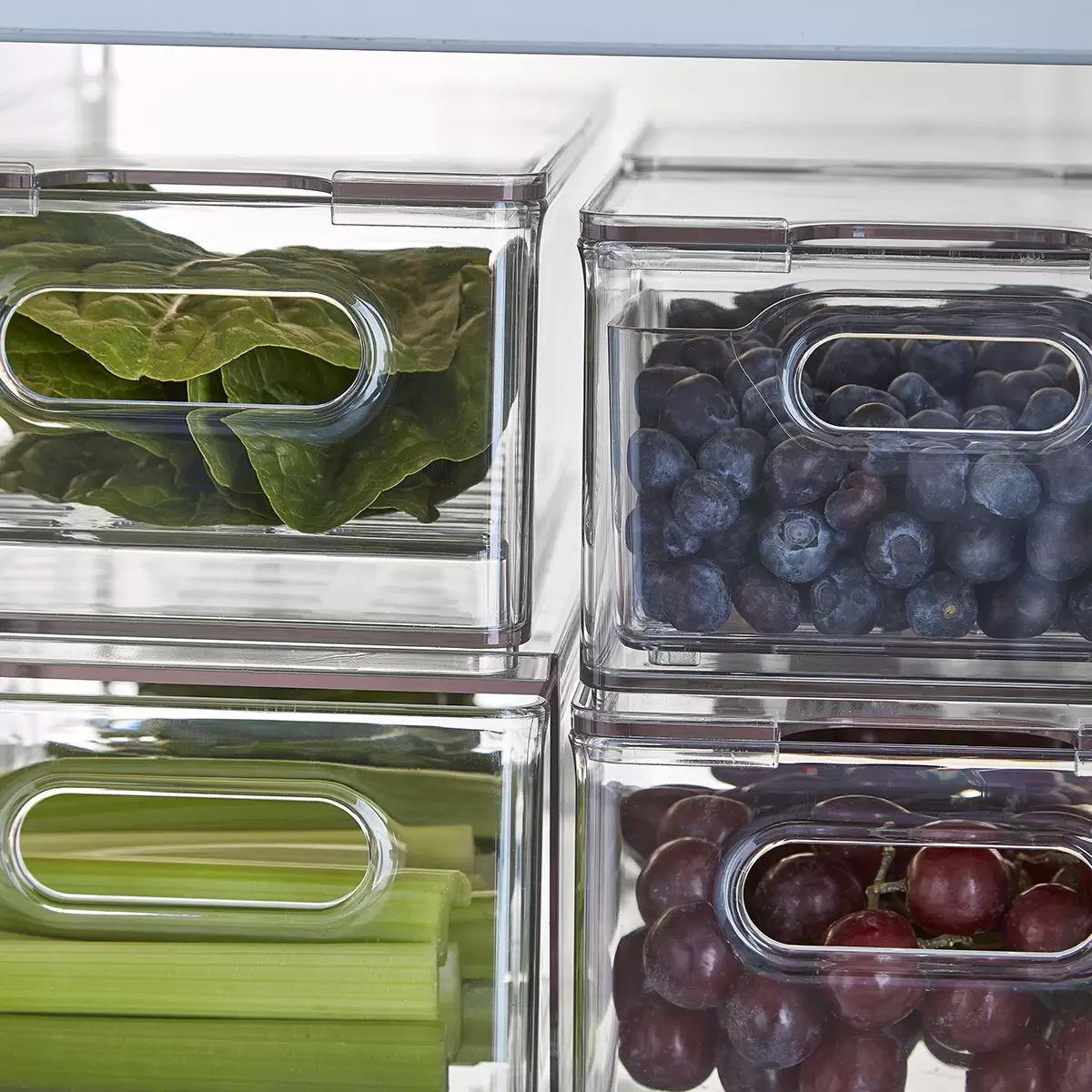

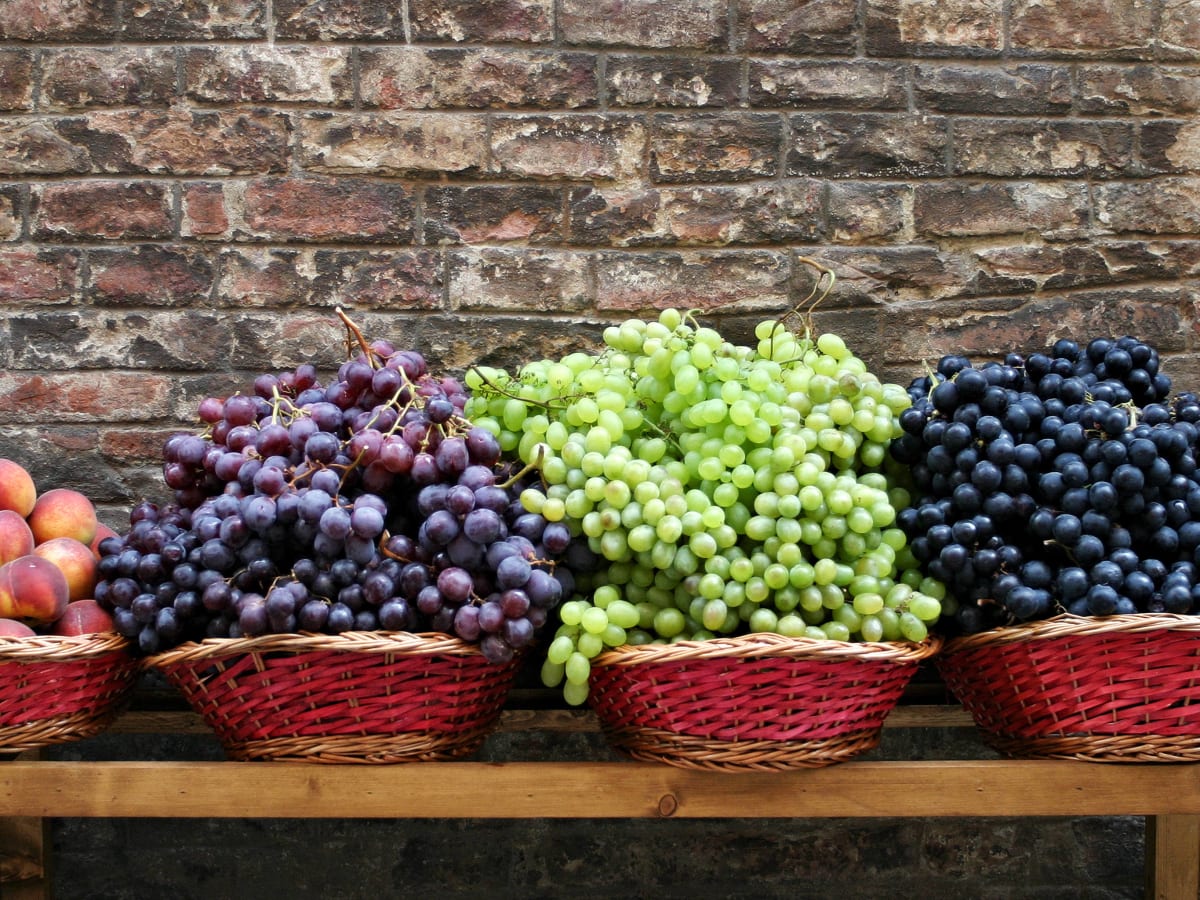
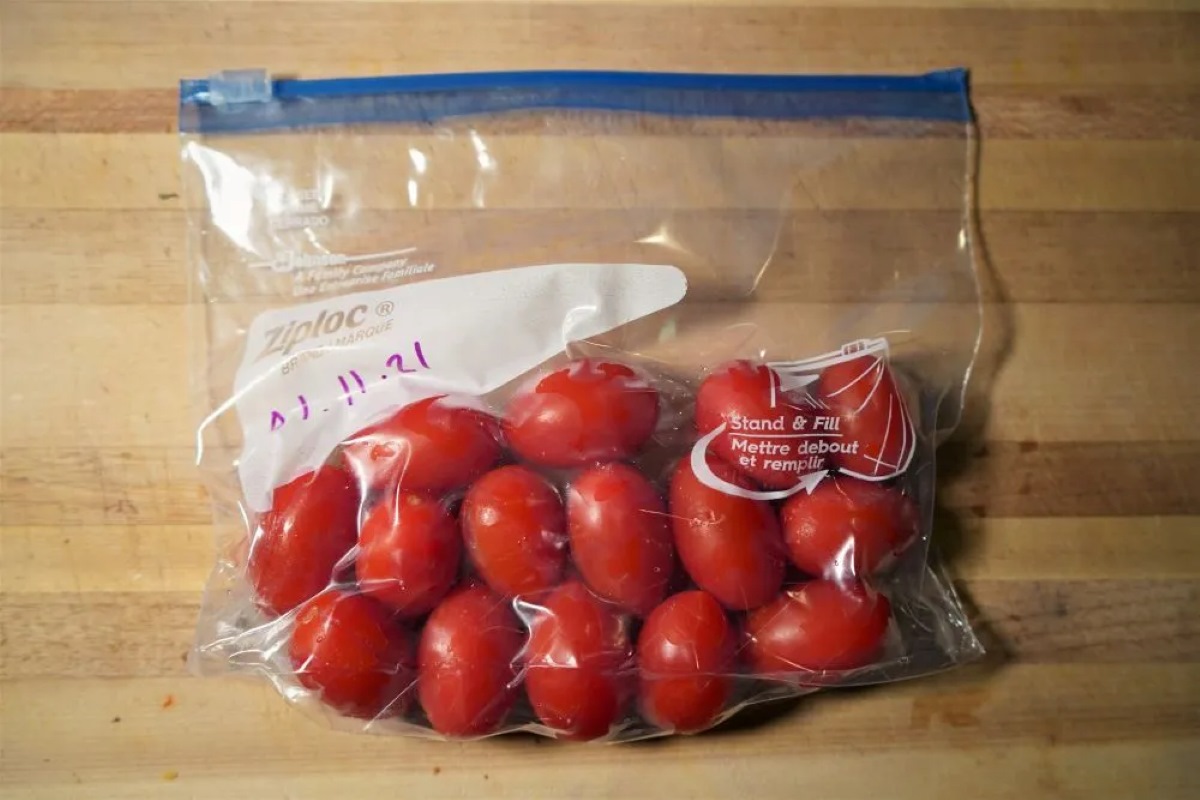
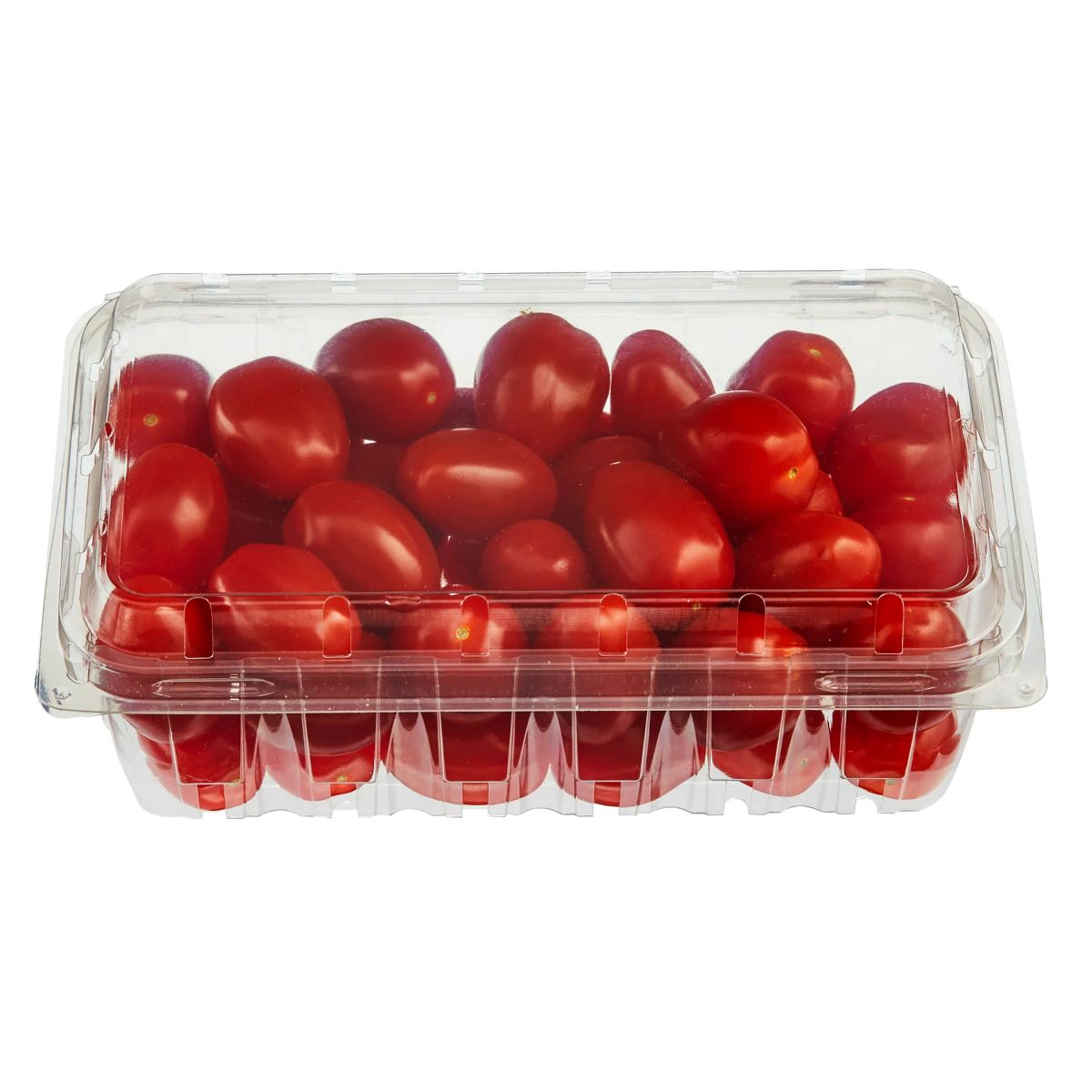
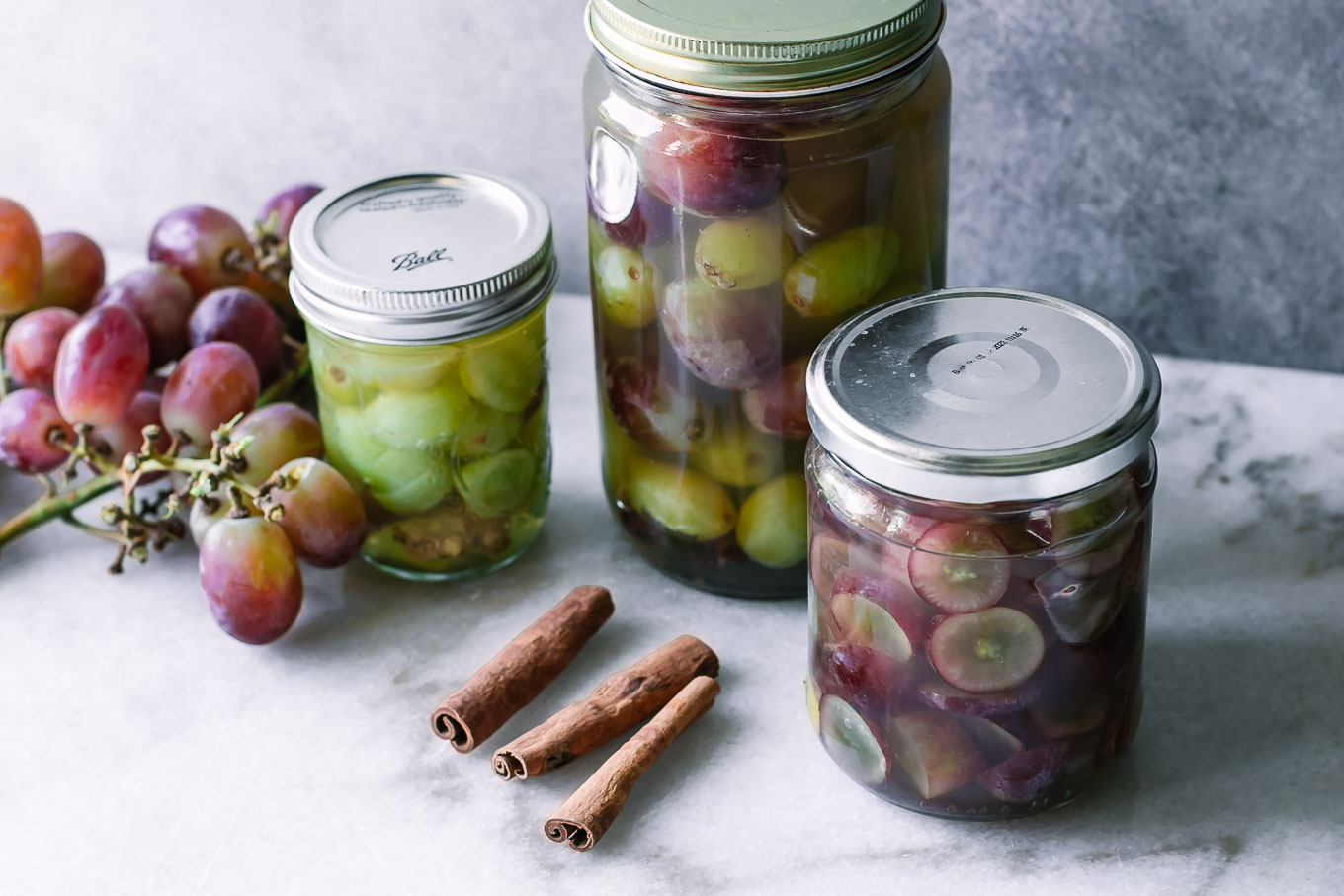
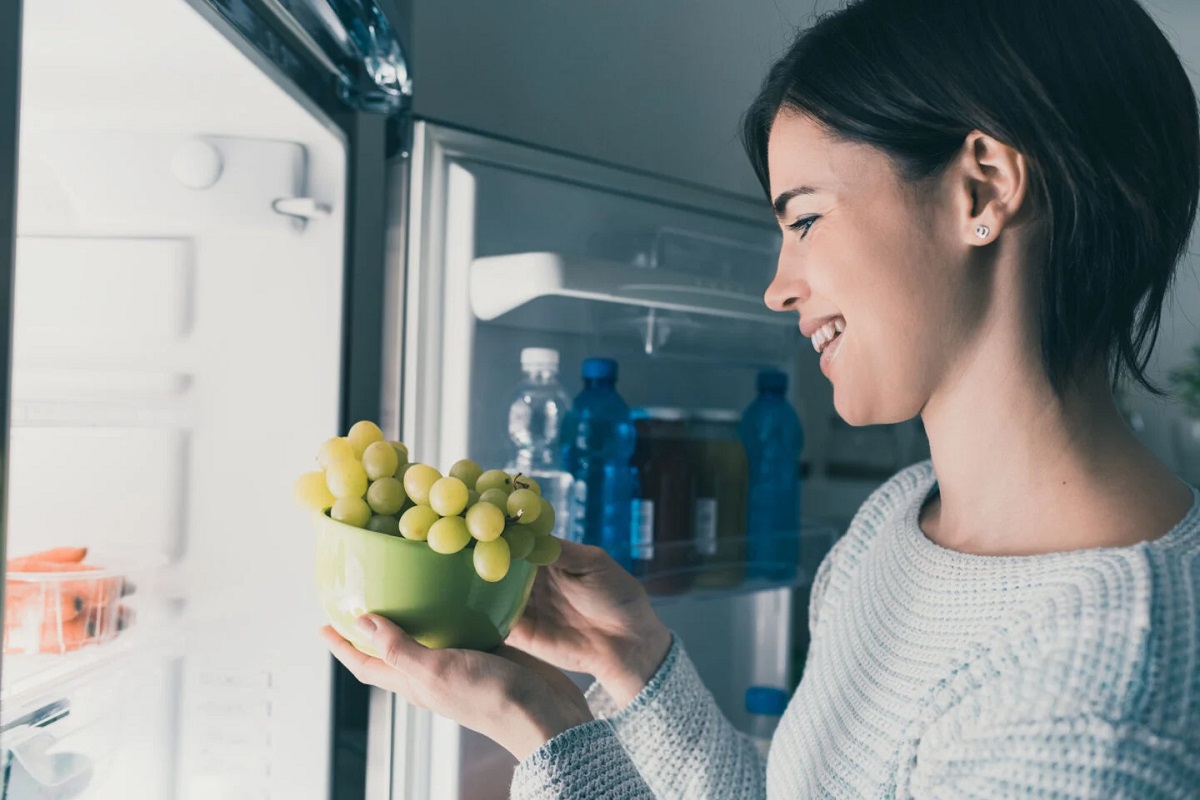
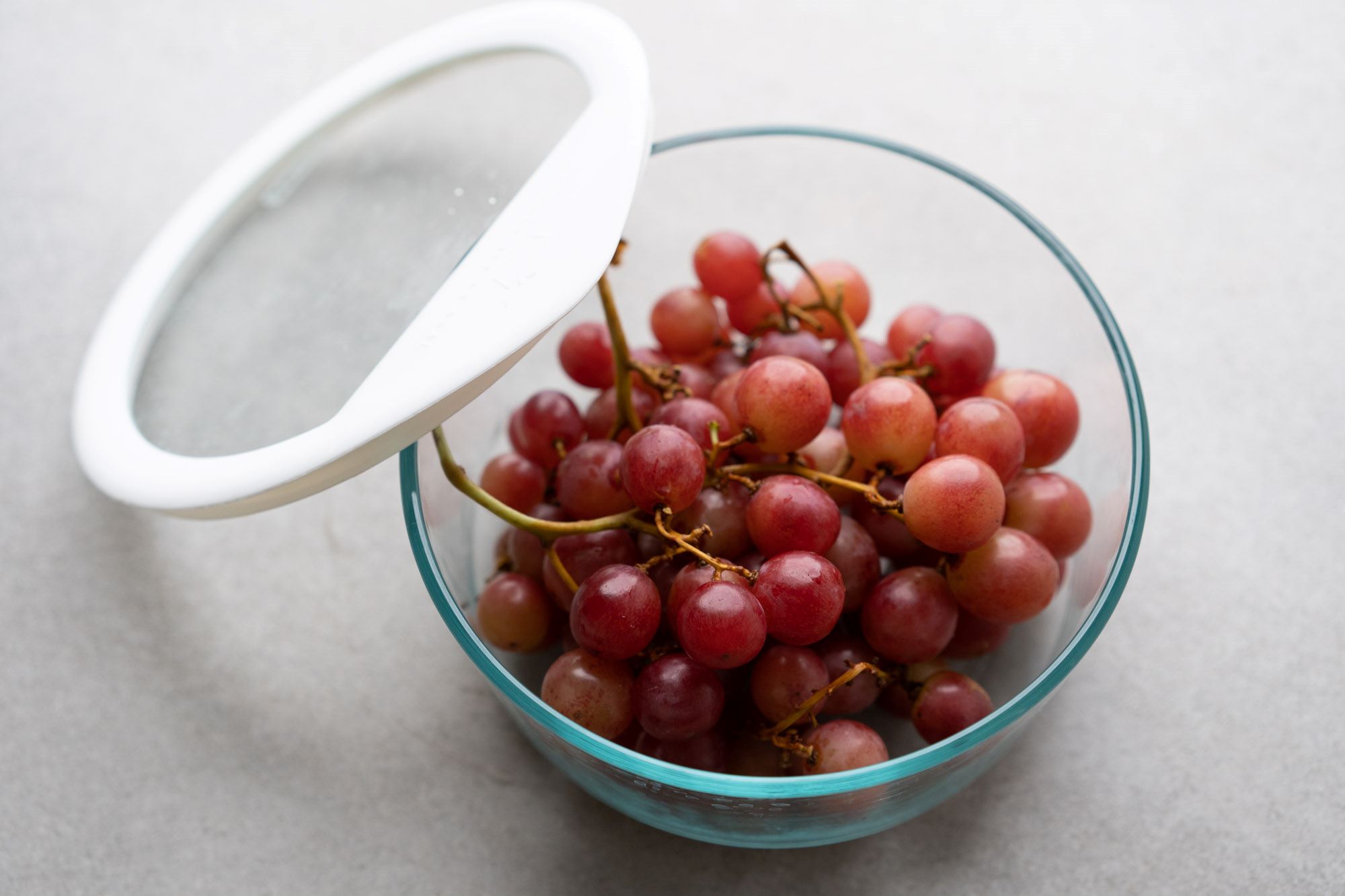

0 thoughts on “How To Store Grapes”